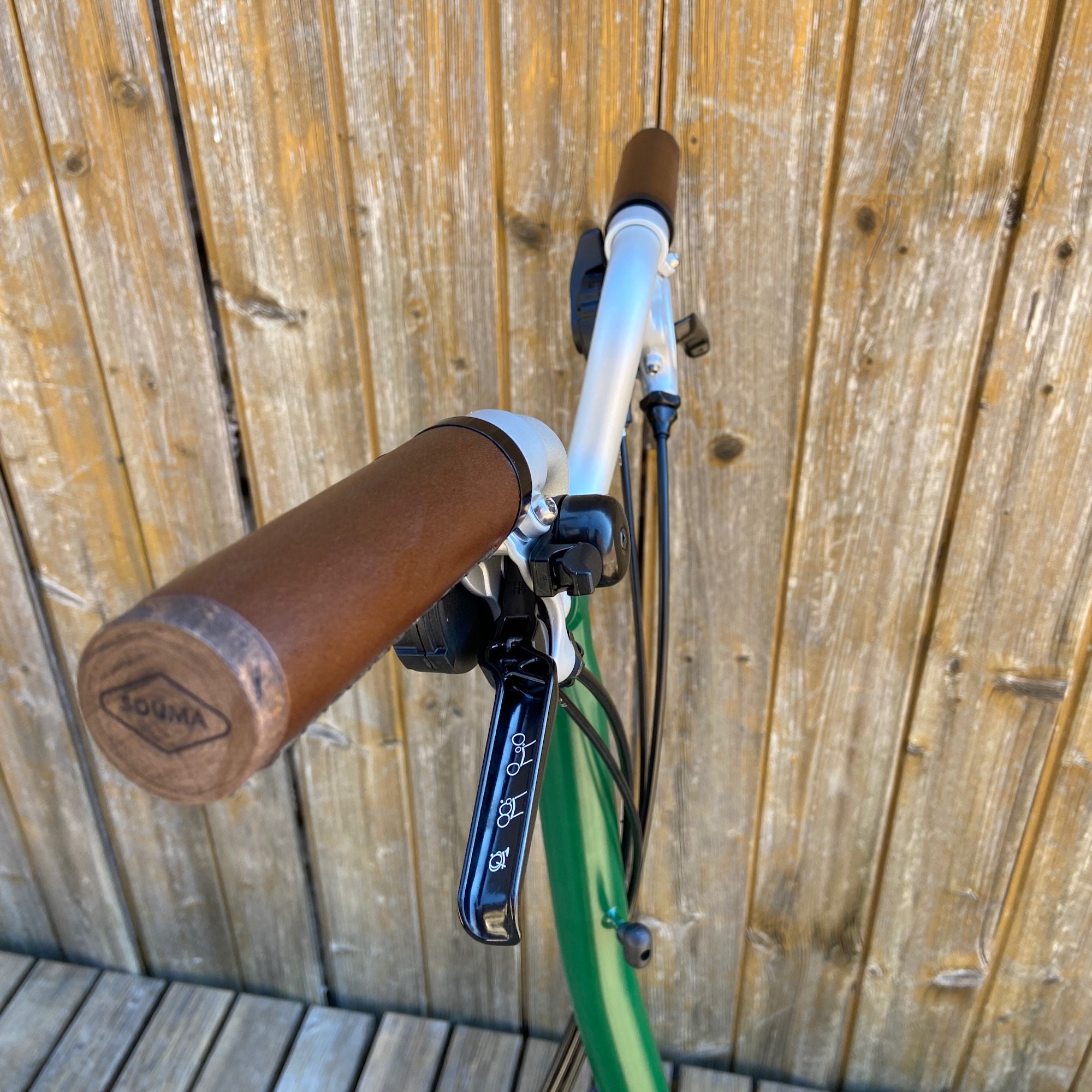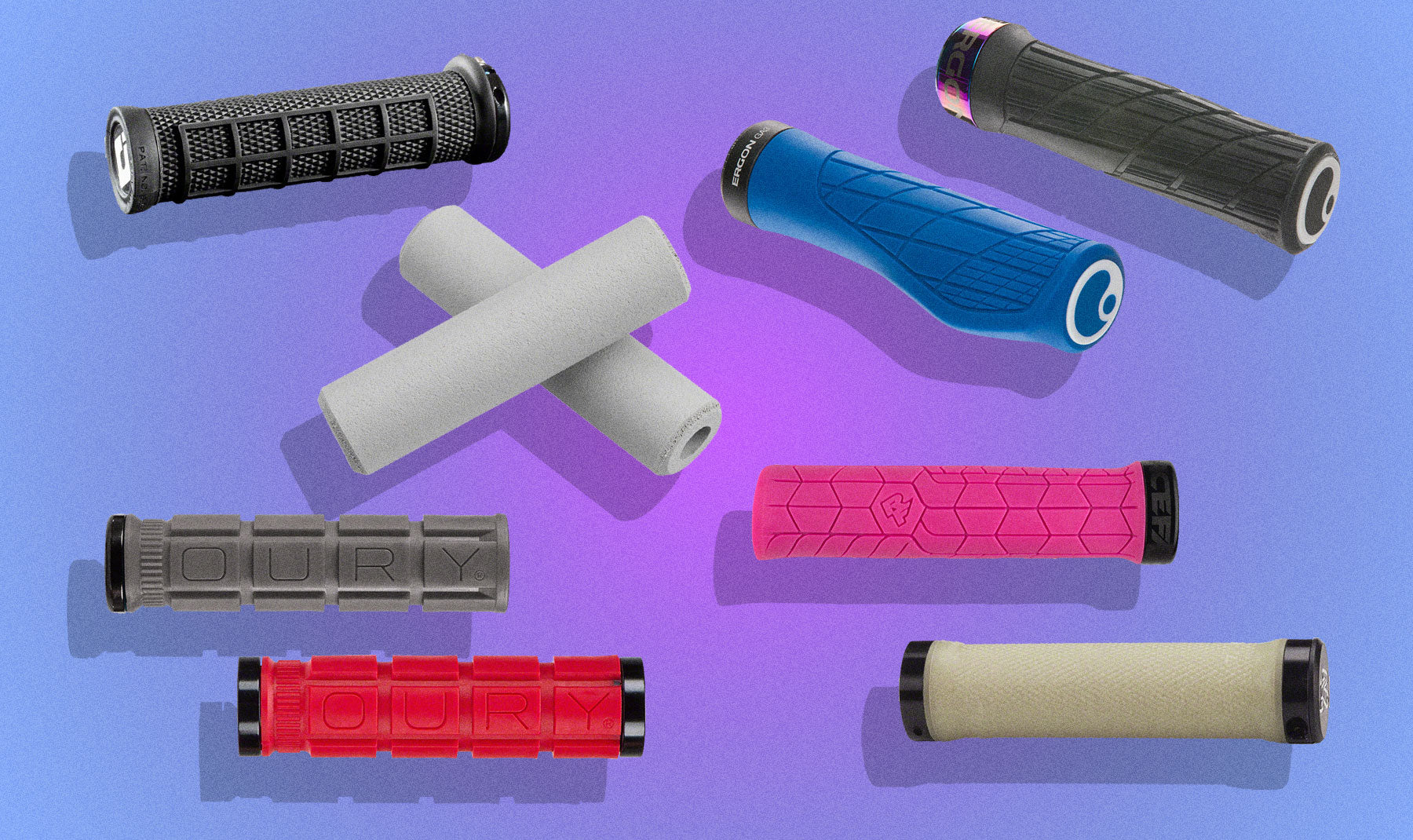86-592-5659128 (to8016)
anna@xmydx.com86-592-5659128 (to8016)
anna@xmydx.com
2025-05-08 16:55:20
Bike grips are more than just handholds—they’re critical for comfort, control, and safety during rides. But with so many materials on the market (rubber, silicone, TPR, leather, etc.), it’s hard to know which is best. In this article, we’ll dissect the top bike grip materials, their performance in different riding conditions, and why silicone and TPR dominate the market. We’ll also provide a buyer’s checklist to help you choose the perfect grips for your bike and riding style.

Material: Natural or synthetic rubber.
Pros:
✅ Affordable: Budget-friendly option.
✅ Classic Feel: Firm grip for aggressive riding.
✅ UV Resistance: Holds shape in sunlight.
Cons:
❌ Dry Out Over Time: Loses grip and becomes hard.
❌ Limited Cushioning: Uncomfortable for long rides.
Best For:

Material: Pure or reinforced silicone.
Pros:
✅ Ultimate Comfort: Soft and pliable for all-day rides.
✅ Long-Lasting: Resists wear, UV, and temperature extremes (-40°F to 450°F).
✅ Easy to Clean: No absorption of sweat or oils.
Cons:
❌ Slippery When Wet: Some designs lose grip in rain.
❌ Expensive: Higher price point than rubber.
Best For:

Material: TPR is a hybrid of plastic and rubber.
Pros:
✅ Balanced Performance: Combines rubber’s grip with plastic’s durability.
✅ Cost-Effective: Cheaper than silicone but more versatile than rubber.
✅ Customizable: Can be molded into ergonomic shapes.
Cons:
❌ Limited UV Resistance: May fade or crack in direct sunlight.
❌ Not as Soft as Silicone: Less plush feel.
Best For:

Material: Genuine or synthetic leather.
Pros:
✅ Classic Aesthetic: Premium look for vintage or touring bikes.
✅ Breathable: Wicks moisture away from hands.
✅ Customizable Fit: Breaks in to match hand shape.
Cons:
❌ High Maintenance: Requires conditioning to prevent cracking.
❌ Weather Sensitivity: Swells when wet and stiffens in cold.
Best For:

Material: Expanded foam (EVA or memory foam).
Pros:
✅ Lightweight: Ideal for weight-conscious riders.
✅ Budget-Friendly: Affordable for casual use.
✅ Soft Cushioning: Reduces vibration on rough roads.
Cons:
❌ Short Lifespan: Crushes or breaks down within 6–12 months.
❌ Poor Grip: Slippery in rain or sweat.
Best For:

| Material | Comfort (1–5) | Durability (Years) | Price Range | Best For |
|---|---|---|---|---|
| Rubber | 3 | 1–2 | $5–$15 | Mountain biking |
| Silicone | 5 | 3–5 | $15–$30 | Road/endurance riding |
| TPR | 4 | 2–3 | $10–$25 | Hybrid/casual riding |
| Leather | 4 | 2–4 | $20–$50 | Touring/vintage bikes |
| Foam | 3 | 0.5–1 | $5–$10 | Kids’ bikes/short commutes |
Riding Style:
Climate:
Budget:
(SEO Tip: Use keywords like “how to choose bike grips by riding style” and “bike grip material for winter.”

Call-to-Action: Ready to upgrade your bike’s grip? Shop Our Bike Grips or Request a Custom Quote.
The best bike grip material depends on your riding style, budget, and environmental needs. While silicone leads in comfort and longevity, TPR and rubber offer cost-effective options for casual riders. For luxury builds, leather adds timeless style. Use our comparison chart and buying tips to choose the perfect grips—your hands (and your bike) will thank you!
© 2016 XIAMEN YIDEXIN SILICONE RUBBER INDUSTRIAL CO.,LTD All Rights Reserved dyyseo.com
Online Contact
 86-592-5659128 (to8016)
86-592-5659128 (to8016) anna@xmydx.com
anna@xmydx.com sallyliao1985
sallyliao1985 xmydx02
xmydx02 +86-13606037597
+86-13606037597top